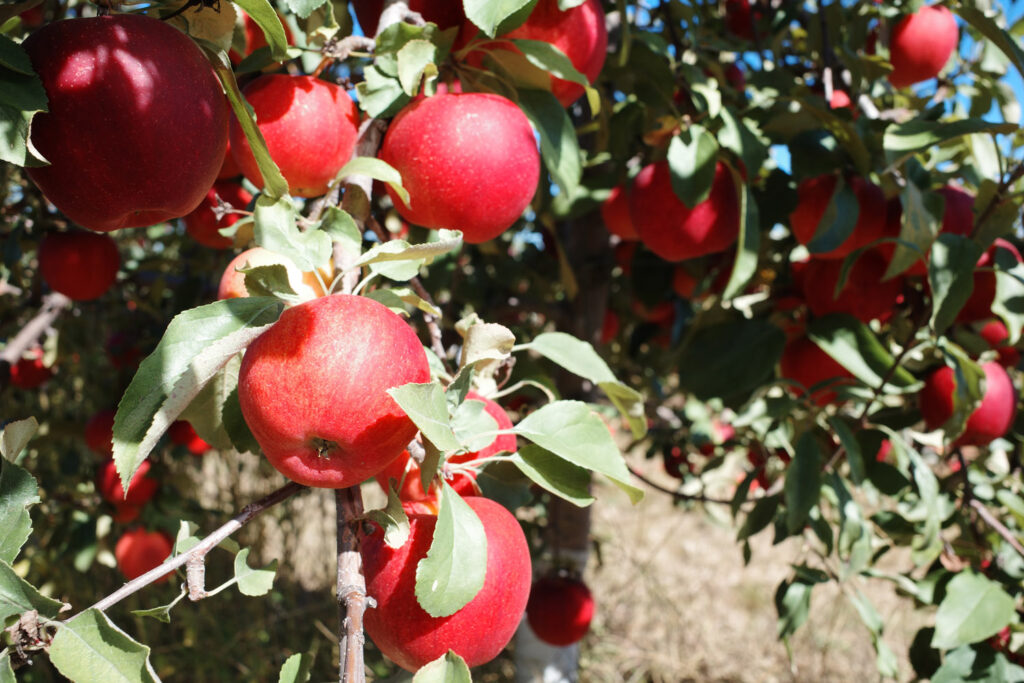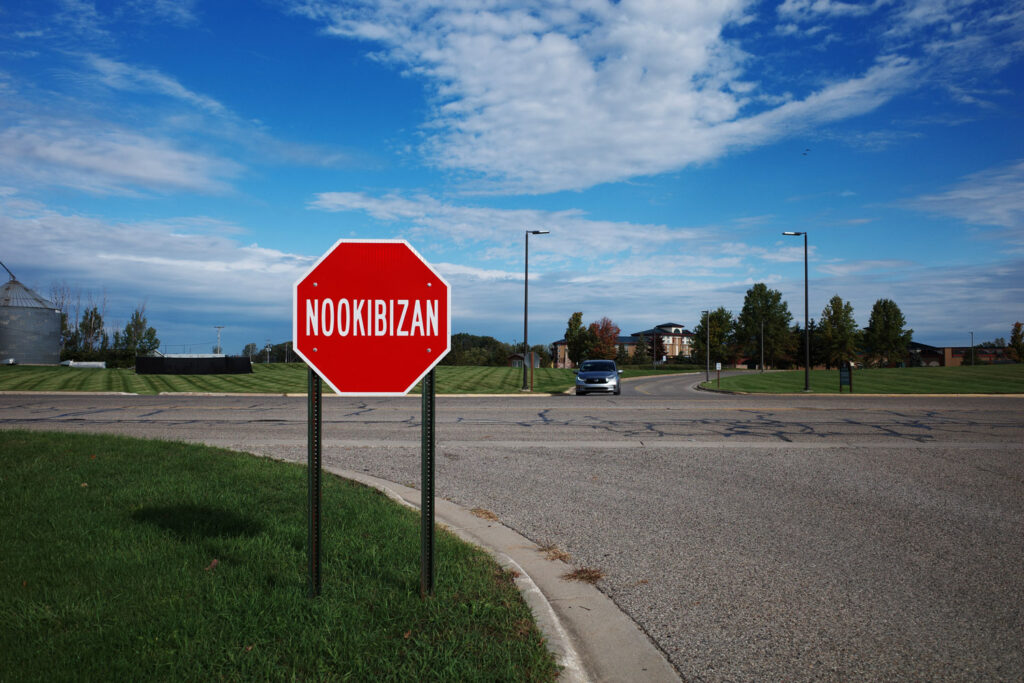In the hazy heat of August, when you’re sweating teeth to toenails, it’s hard to believe a crisp breeze is just around the corner.
Then suddenly, apples.
Starting in earnest in September, and fixed neatly between sunflowers and pumpkins, apples descend upon Meijer entrances, country fruit stands, and countertop fruit bowls like manna from heaven.
But in our pantheon of edible fruit, its boring white flesh pales against that of a bright juicy nectarine or a luscious strawberry. And globalism has brought an onslaught of exotic flavors we are bullied into preferring: acai, dragon fruit, prickly pears, guavas.
All fine and good. But none of these grow here.
The tried-and-true apple is quintessential Michigan. Aside from the fact that our state flower is the apple blossom, we are the third-largest producer of apples in the country after Washington and New York. Grown mostly in the famed Fruit Belt running along Lake Michigan, they dominate the agricultural landscape of our state from August to October.
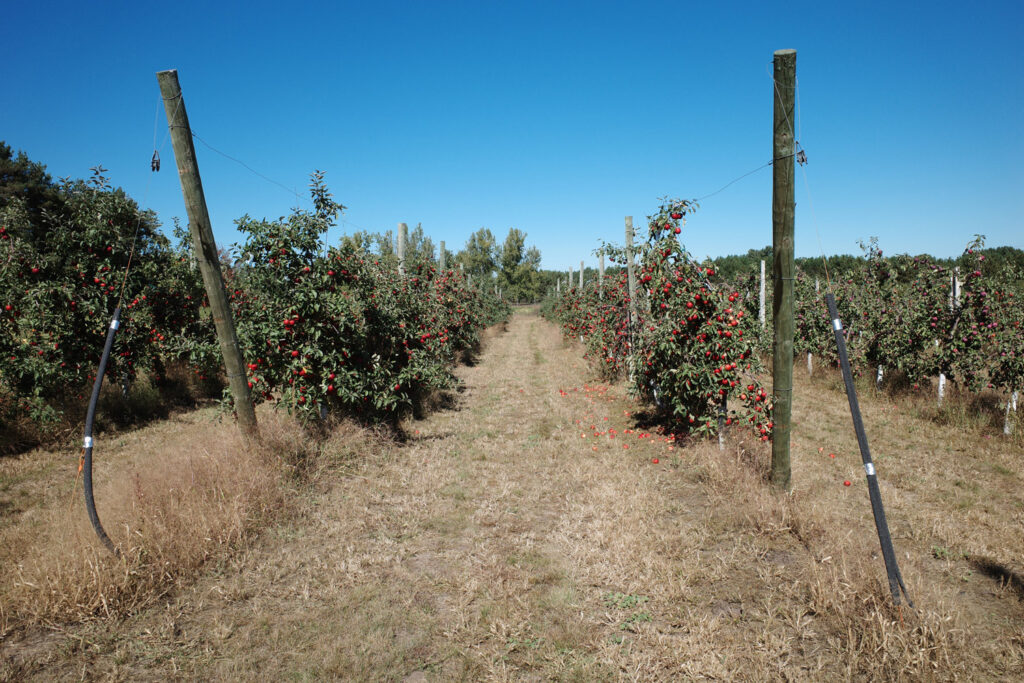
They were also some of the first fruits to be grown systematically by the French, a culinary staple since the 1700s. Apple cider, in particular, has quenched the thirst of Michiganders for over 300 years.
So why is such a ubiquitous and simple fruit worth a tribute?
For one, its arrival is a seasonal beacon that signals our graceful tip into fall each year. A time when, to the relief of many parents, children go off to school. Football games and soccer practices. Corn mazes, pumpkin patches, and wineries. Halloween parties. Planning for Thanksgiving begins. Dense elaborate meals and family, lots of family.
More recently, though, fall has become a commodity, a spinoff of its old simple self. Women descend upon TJ Maxx and Home Goods, frothing at the mouth, fall decorations spilling out the door. If you don’t go to a pumpkin patch with a plaid cape and a felt hat on to buy 40 pumpkins of assorted sizes for your front door, can you really call yourself a homeowner? Then there are fall-themed hand towels, autumn throw blankets, pumpkin dish sponge holders. People set up fancy movie projectors in their backyards to watch scary movies.
The apple is only tangentially related to these goings on. Sunning itself in the orchard by day and hanging lonesome in the navy moonlight each night, the apple grows silently alongside the planning, buying, and get-togethers. At last, August and September roll around, and the sagging weight finally gets them picked.
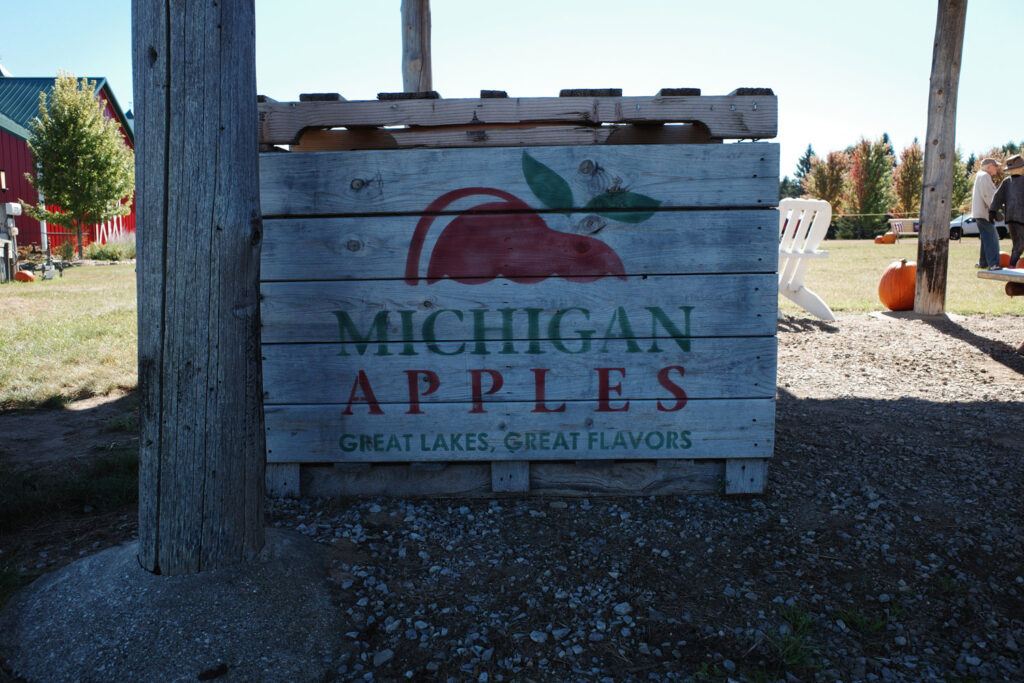
Then, orchards and cider mills all over the state open up their barn doors and invite people in. And for a moment at least, thousands of Michiganders can be found driving out into the middle of nowhere to be with the apples.
And that’s essential. We don’t just rush to Meijer. We still drive out there, just to be next to the orchards. To watch the trees’ heavy branches sway in the breeze, to smell their sweetness, to rest for a moment in the quiet solitude of nature.
Behind my mother’s house, there is a hilly apple orchard owned by a friendly neighbor farmer. He lets us walk there. The beauty of this place is indescribable. The undulating earth networked with hundreds of gnarly trees looks different in the changing light and cloud shadows. The sounds are rustling leaves, the dash of a squirrel or deer, a gunshot in the distance.
Nature in its purest form, delicately harnessed by man.
As for fall, like the sour-sweet apple, there is something always so bittersweet about the season. A few glorious days of perfect weather. Suddenly, it’s winter.
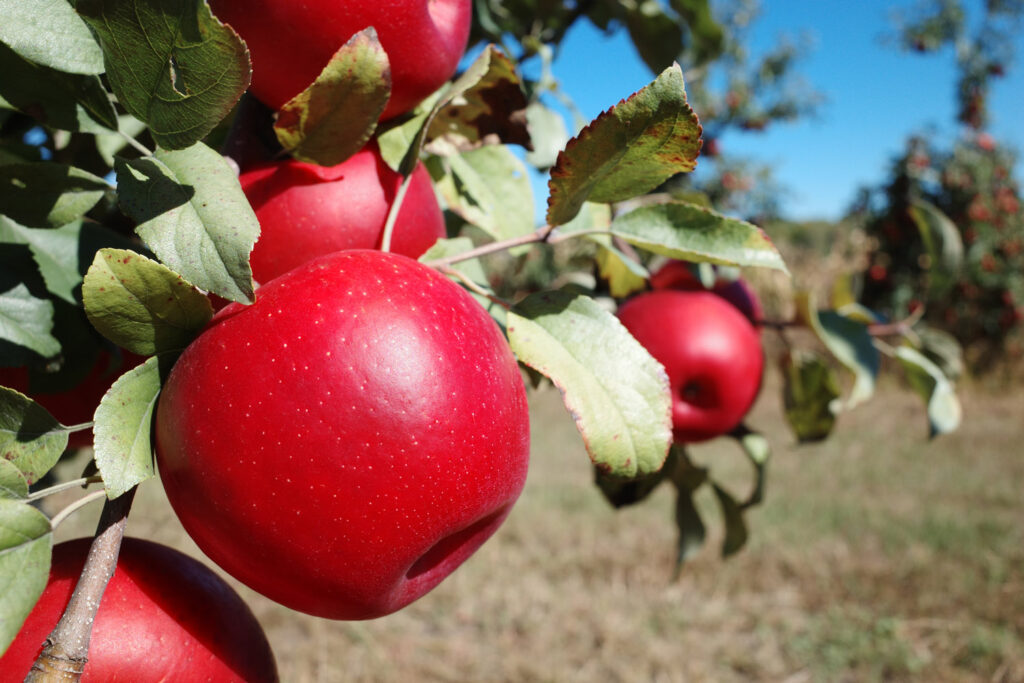
But there will be many more falls, right? The cruel reality is that I will see a finite number of autumns pass. But the apple reminds us to use our time wisely. It is, of course, a longstanding symbol of knowledge, health, immortality, and wisdom. The teacher’s favorite gift. The coveted prize of the gods. Used to start a Greek war. Or damn all of humanity forever. It does many things.
Who doesn’t love an apple?
Embracing the Michigan apple in even the smallest way is fun. Buy a bag for your fruit bowl. Bake an apple pie. Or pile into the car and visit your local orchard or cider mill. Simple traditions worth keeping alive. And apples truly are a Michigan tradition.
Faye Root is a writer and a homeschooling mother based in Northern Michigan. Follow her on X @littlebayschool.
